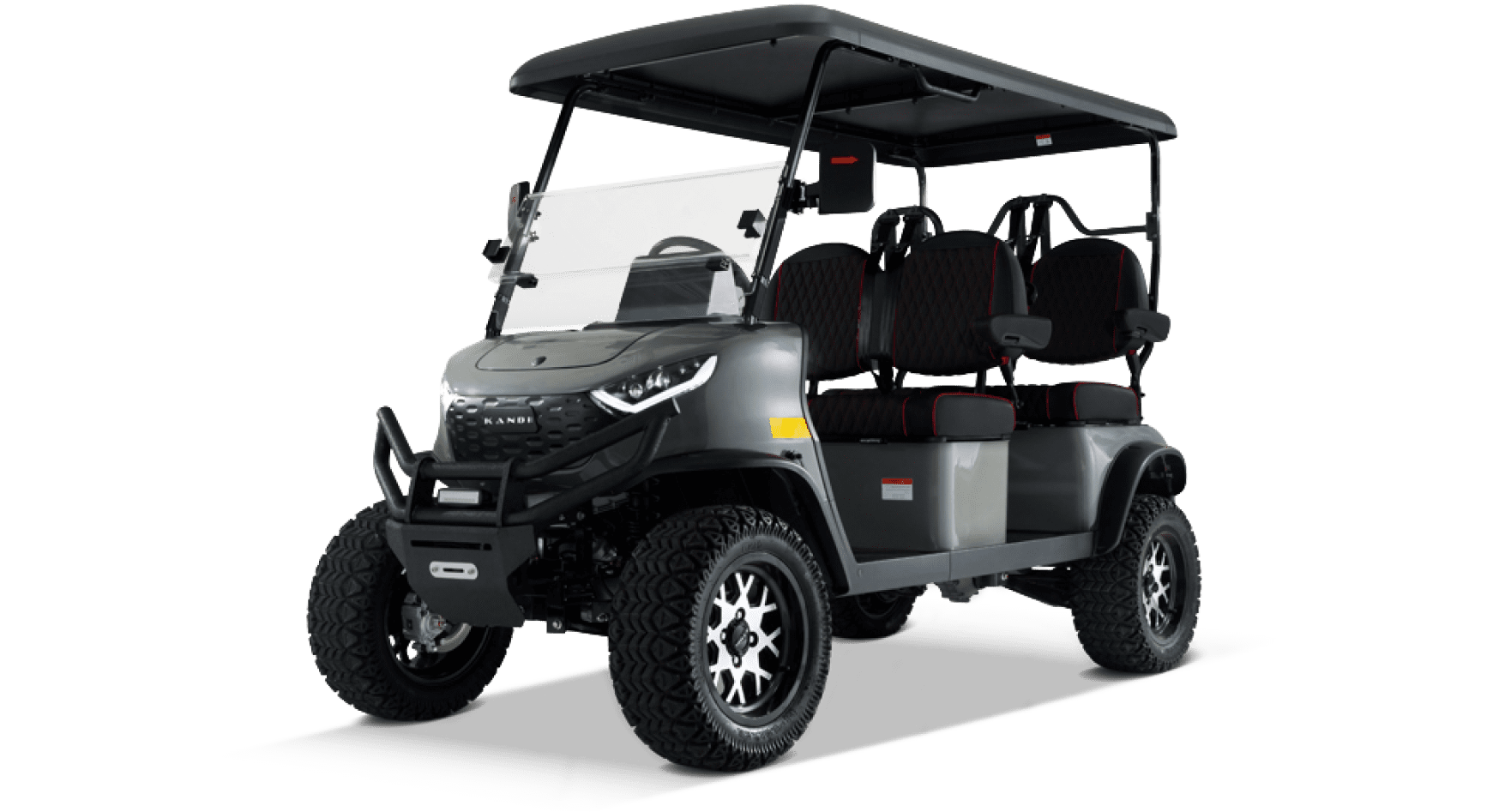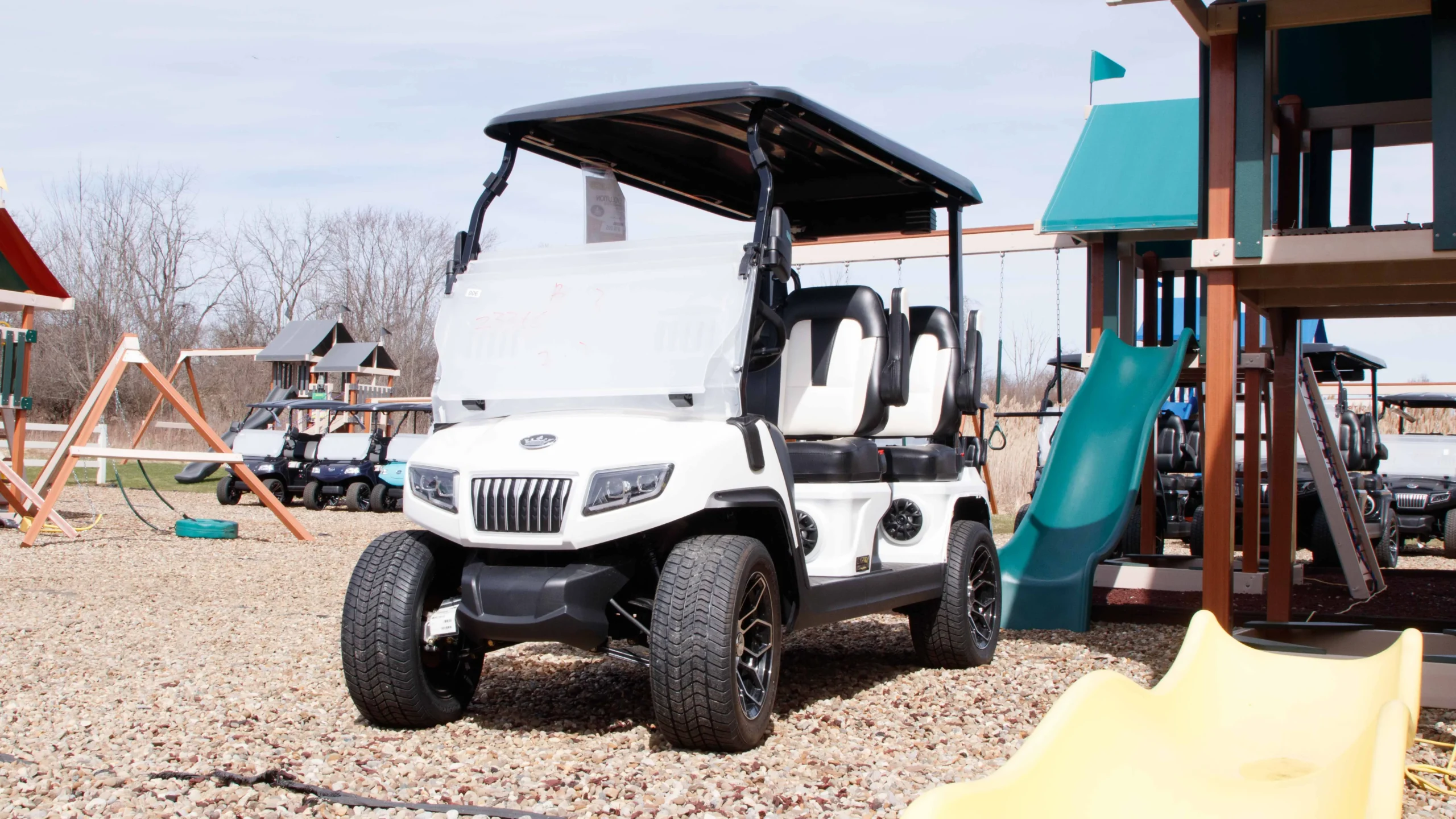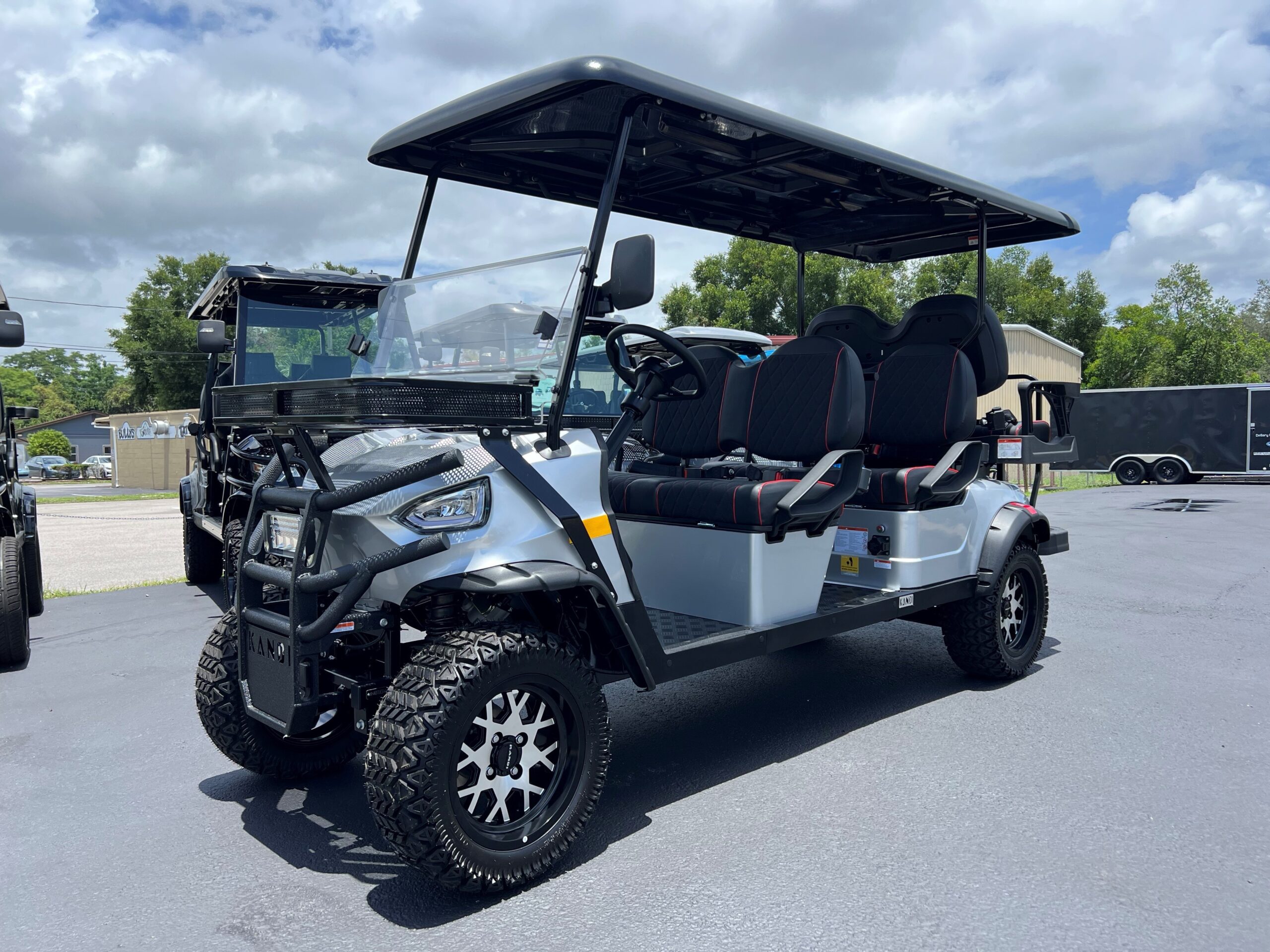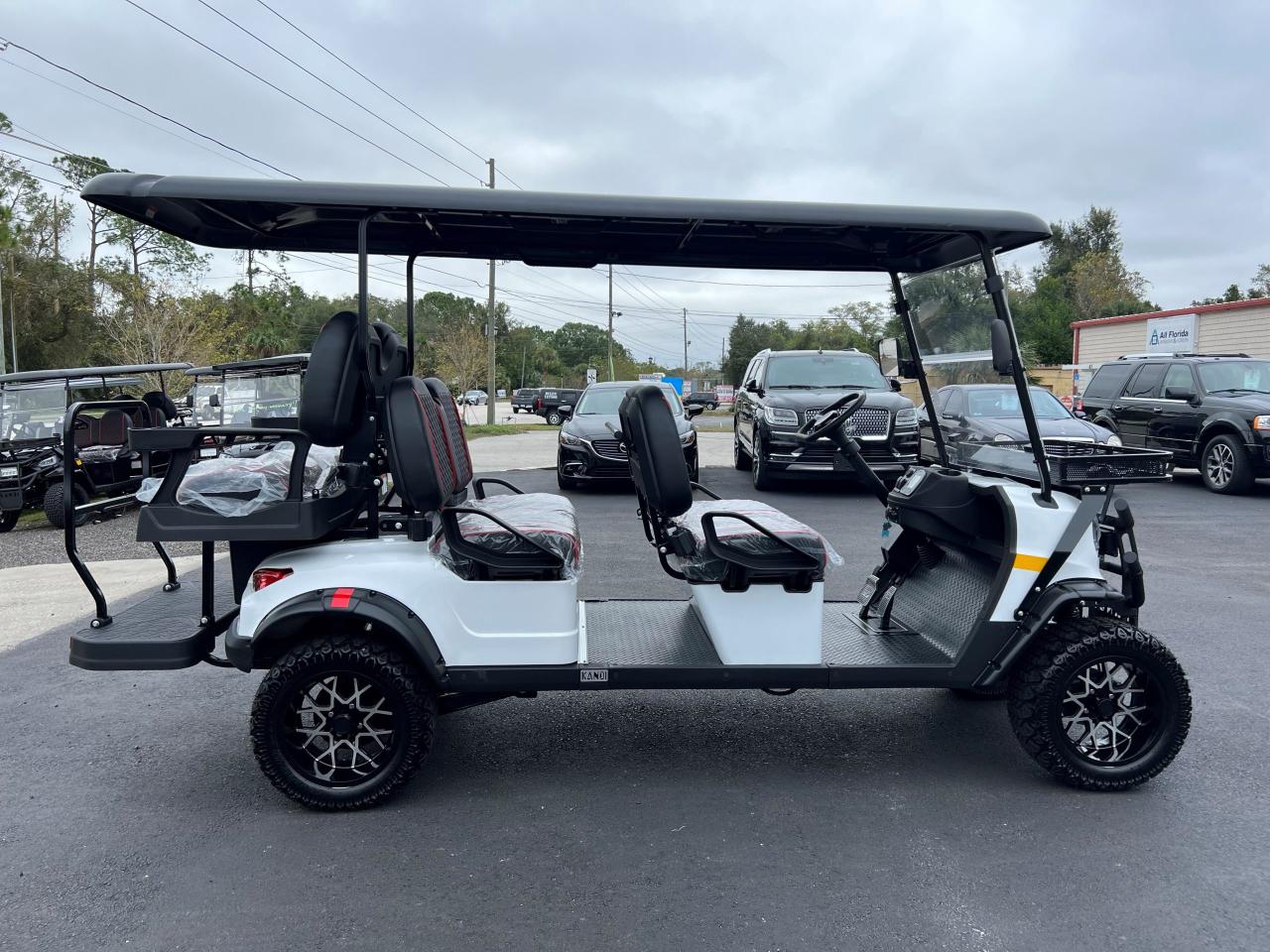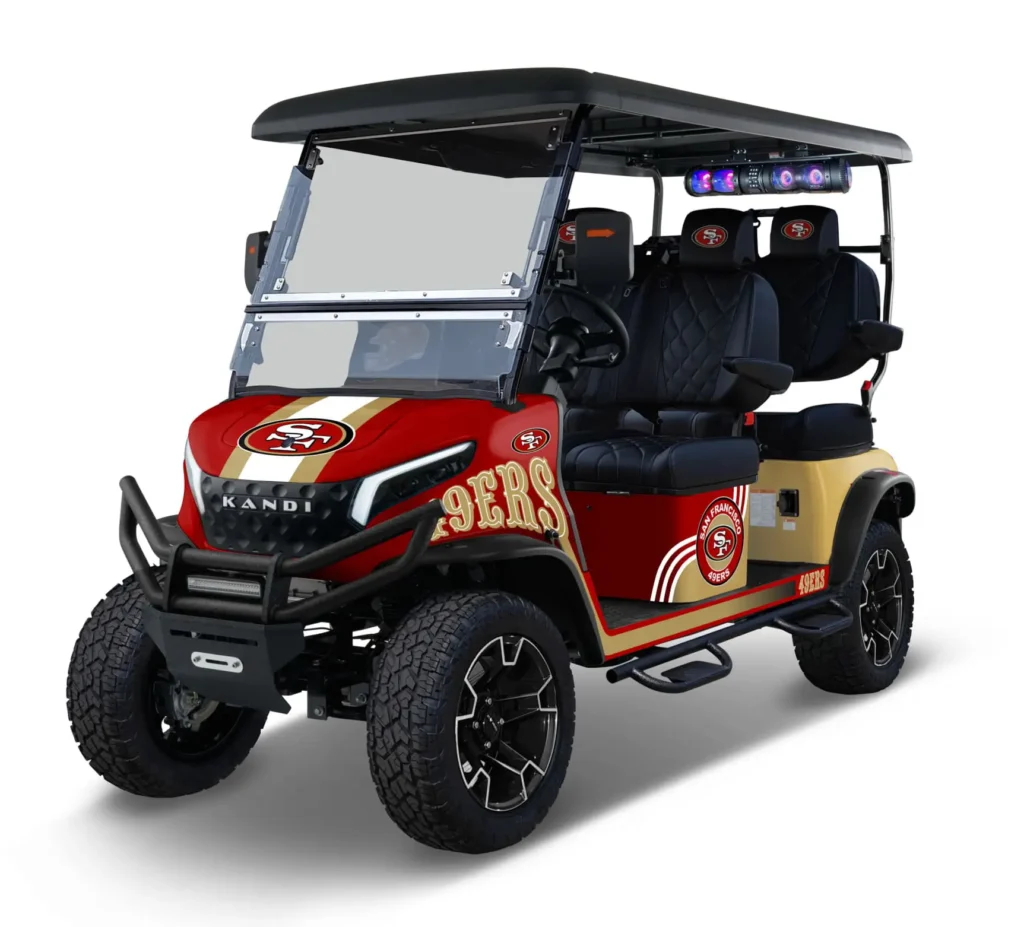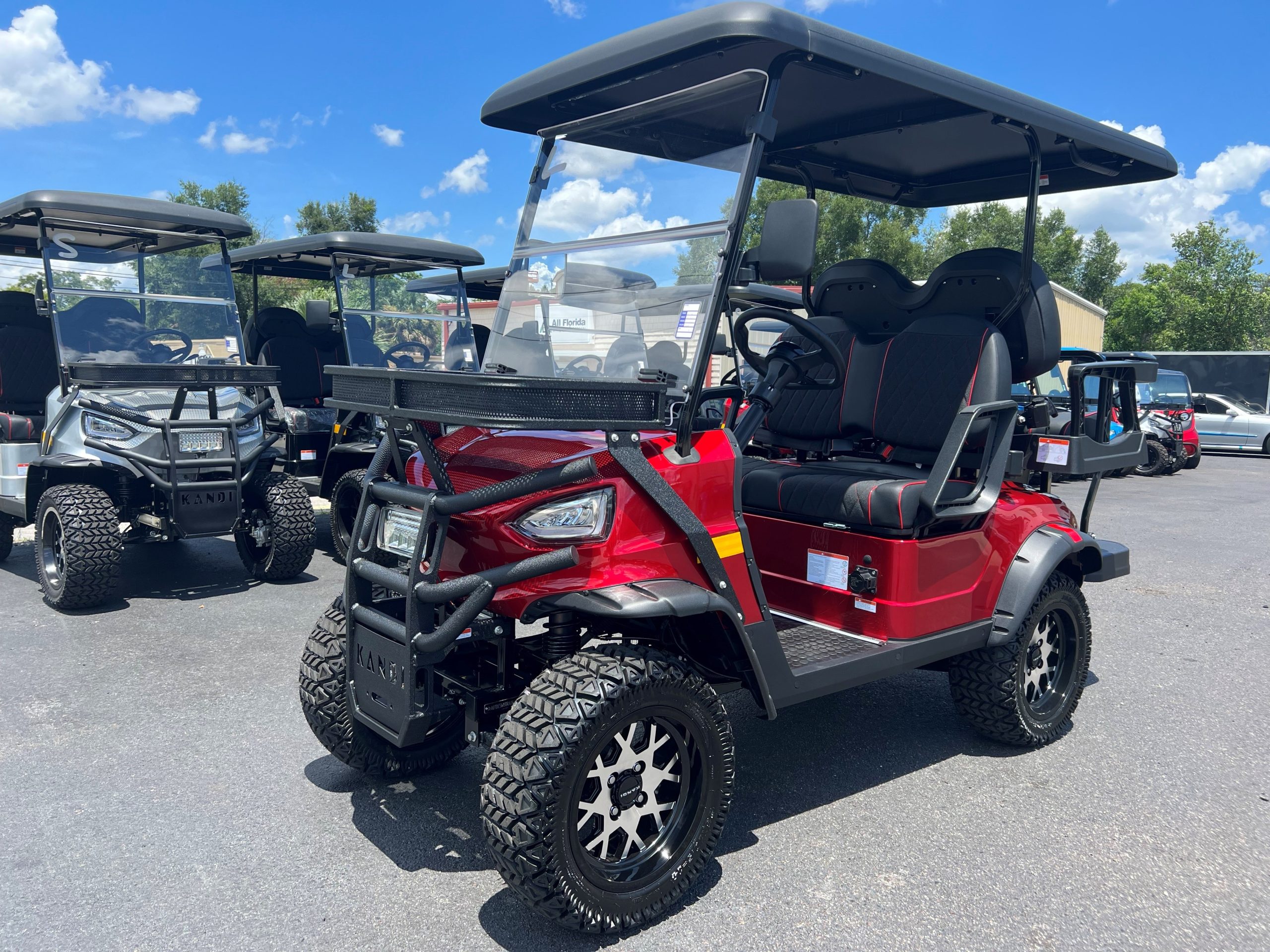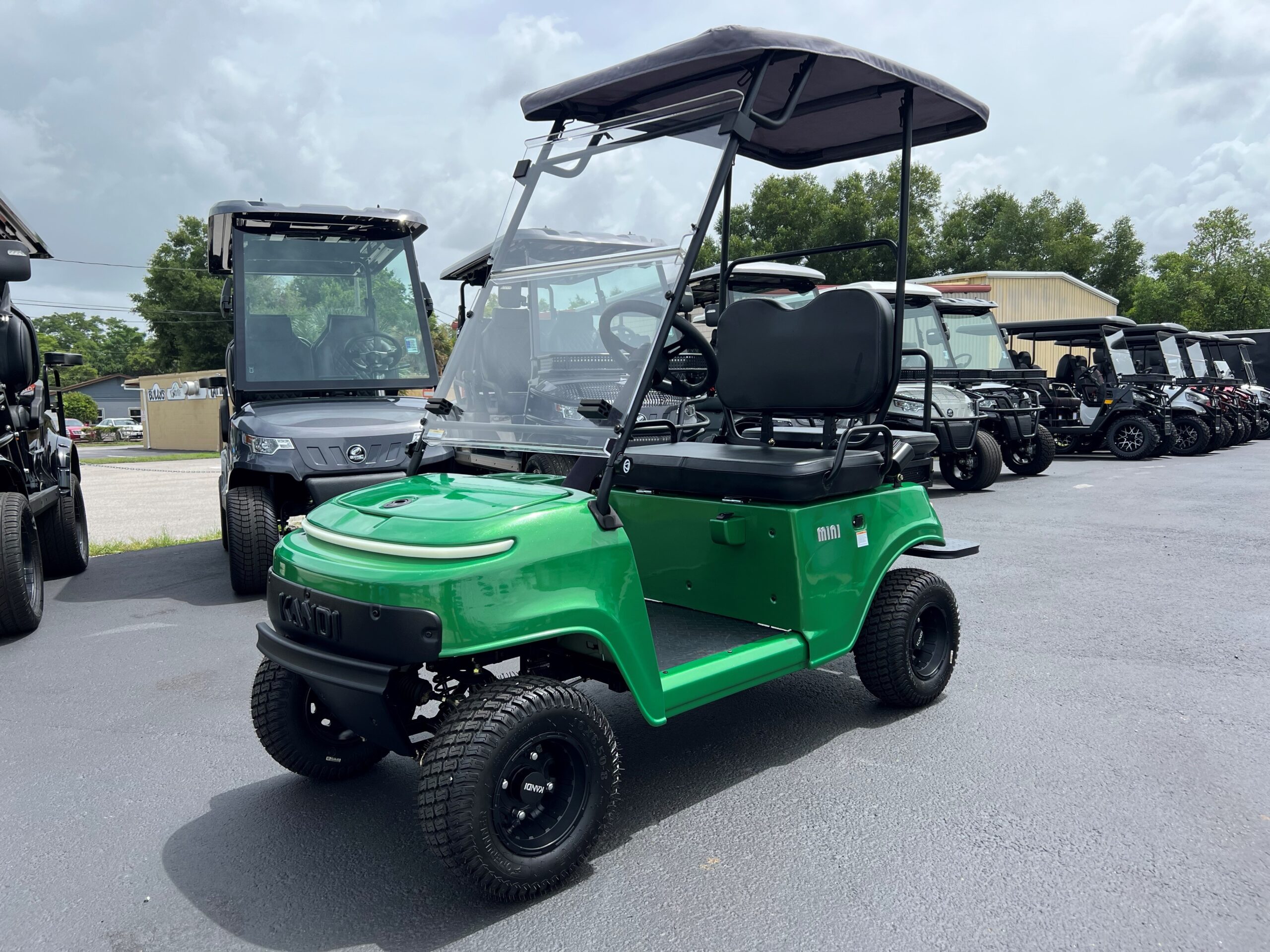Where Are Kandi Golf Carts Made

Kandi America, the U.S. subsidiary of the Chinese automotive manufacturer Kandi Technologies Group, has become a recognizable name in the recreational and neighborhood electric vehicle (NEV) market. A recurring question among potential buyers and industry observers centers around the origin of these vehicles: Where are Kandi golf carts and NEVs actually manufactured?
The answer to this question is more nuanced than a simple "Made in China" label. While Kandi America handles distribution, sales, and marketing within the United States, the manufacturing landscape involves both overseas and domestic operations. Understanding this dual approach is crucial for comprehending Kandi's business model and its potential impact on the U.S. market.
The Chinese Manufacturing Base
The core manufacturing of Kandi's electric vehicles, including many of its golf carts and NEVs, primarily takes place in China. Kandi Technologies Group has established extensive production facilities within China. These facilities are responsible for the initial assembly of the vehicles.
Key components, such as the chassis, electric motors, batteries, and other essential parts, are largely produced and integrated in China. This allows Kandi to leverage China's established supply chains and manufacturing infrastructure. It also contributes to cost efficiencies, which can then translate into competitive pricing for consumers.
However, it's vital to note that not all Kandi vehicles remain solely products of Chinese manufacturing. Kandi has been making strategic moves to establish a presence within the United States to comply with regulations and potentially reduce tariff burdens.
U.S.-Based Assembly and Operations
To address compliance with U.S. regulations and potentially mitigate tariff impacts, Kandi America has established assembly and operational facilities within the United States. While the primary manufacturing occurs in China, certain aspects of the vehicle production and finishing are performed in the U.S.
Kandi America opened a facility in Garland, Texas, in 2020. This facility serves as a hub for vehicle assembly, parts distribution, and service operations. The Garland facility is responsible for final assembly and customization of the vehicles before they are delivered to customers.
This partial U.S. assembly process allows Kandi to label certain vehicles as partially "Made in the USA." This helps to create jobs within the U.S. and potentially appeal to consumers who prefer to support domestic manufacturing.
The Role of the Garland, Texas Facility
The Garland facility is crucial for Kandi's U.S. market strategy. While the core manufacturing and initial assembly stages take place in China, the final assembly and customization occur in Texas. This hybrid approach is strategically advantageous.
The U.S. facility allows Kandi America to adapt vehicles to meet specific U.S. standards and customer preferences. It also enhances Kandi's ability to provide timely service and support to its U.S. customers. The facility is a key part of Kandi's long term U.S. market strategy.
Final assembly within the U.S. may involve the installation of specific accessories, software updates, and quality control checks. This adds another layer of scrutiny before the vehicles are released to consumers.
Significance and Implications
The dual-location manufacturing strategy is significant for several reasons. It reflects Kandi's effort to balance cost efficiency with regulatory compliance and market appeal. The Chinese manufacturing provides a cost advantage, while the U.S. operations demonstrate commitment to the American market.
This approach has implications for the U.S. economy and workforce. While the core manufacturing remains in China, the establishment of the Garland, Texas facility created jobs in the assembly, distribution, and service sectors. It also provides a potential pathway for future expansion of Kandi's U.S. operations.
Consumers should also be aware of this manufacturing approach. Understanding where components are sourced and where the vehicles are assembled provides a more complete picture of the product's origin and value chain. This knowledge can influence purchasing decisions.
Future Outlook
As Kandi America continues to grow its presence in the U.S. market, the manufacturing landscape may evolve. The company could potentially increase its U.S.-based operations over time. This would align with broader trends in the automotive industry, where companies are increasingly seeking to localize production to reduce costs, mitigate risks, and enhance responsiveness to local market demands.
It's also important to monitor any changes in trade policies or regulations that could affect Kandi's manufacturing and import strategies. Tariffs and other trade barriers can significantly impact the cost competitiveness of imported vehicles and components.
The story of Kandi's manufacturing footprint is still unfolding. As the company continues to navigate the complexities of the global automotive market, its strategic decisions regarding manufacturing locations will have significant implications for its long-term success.
